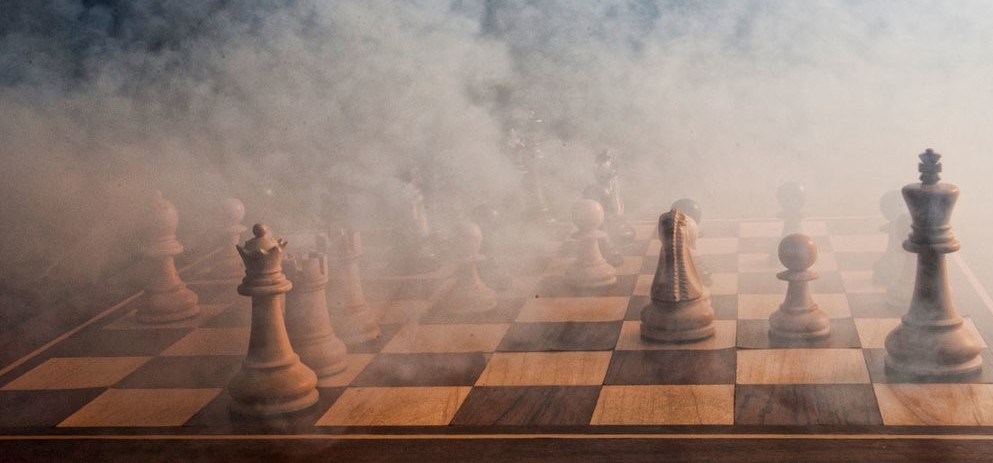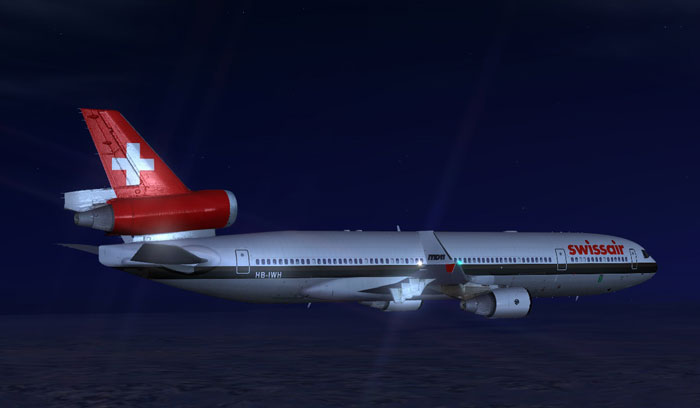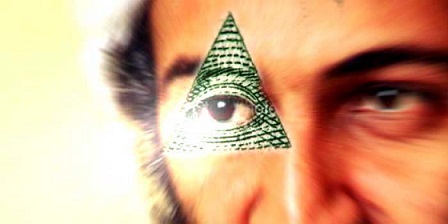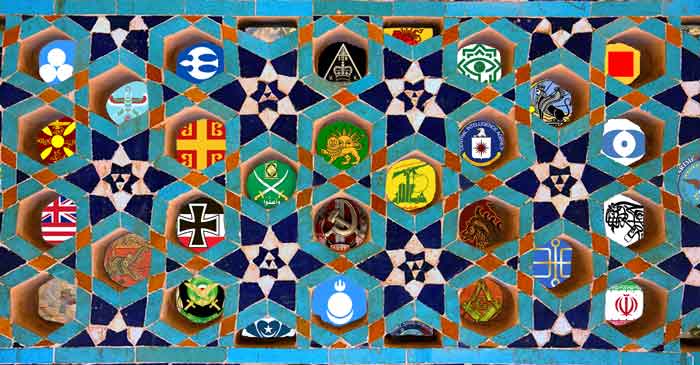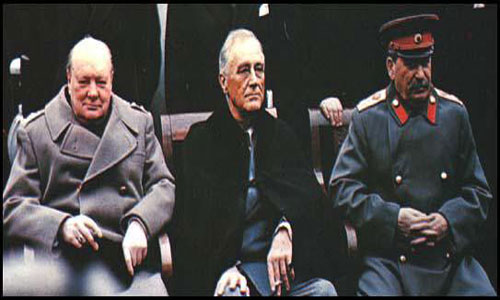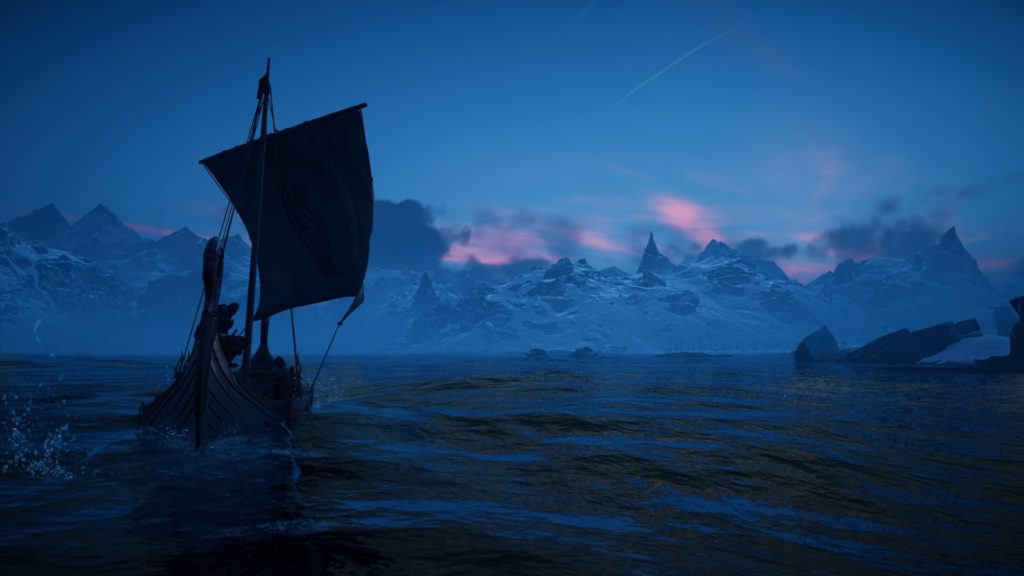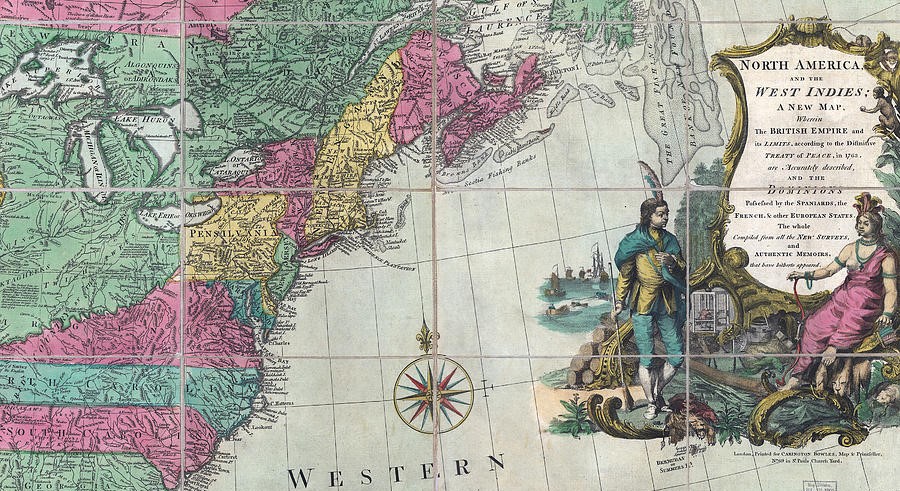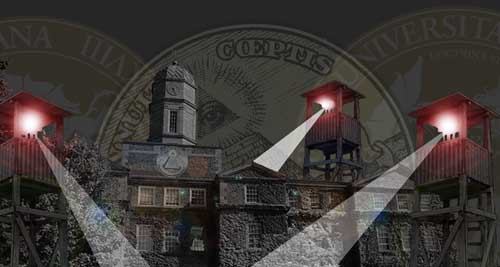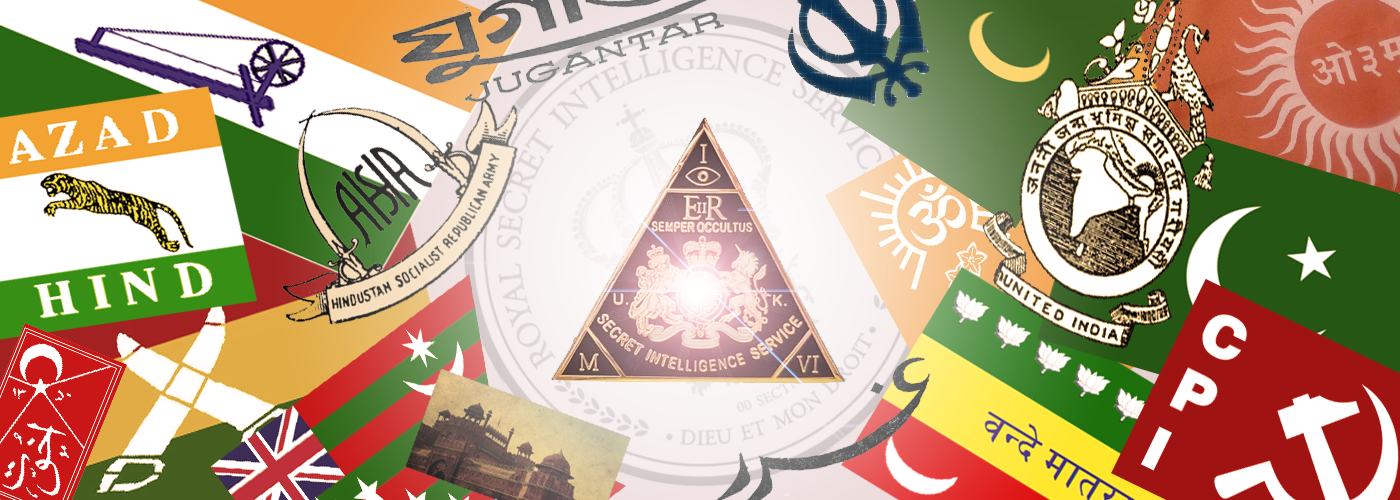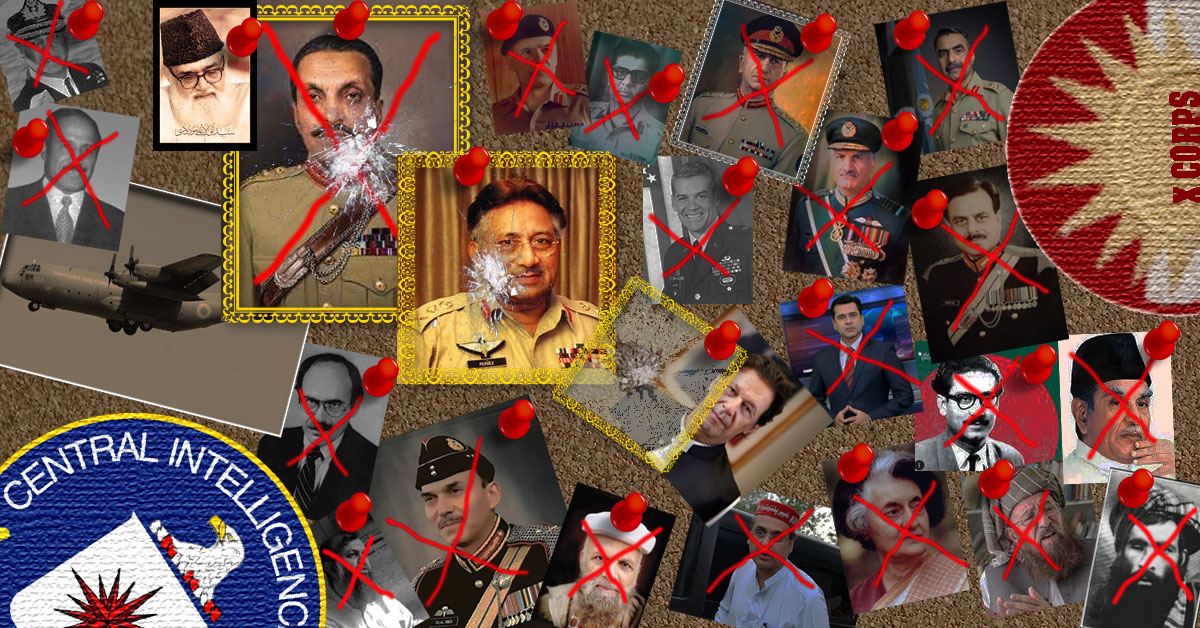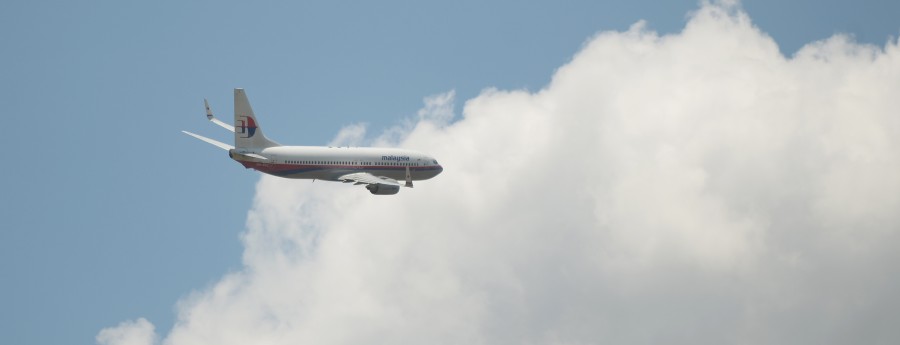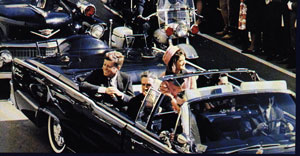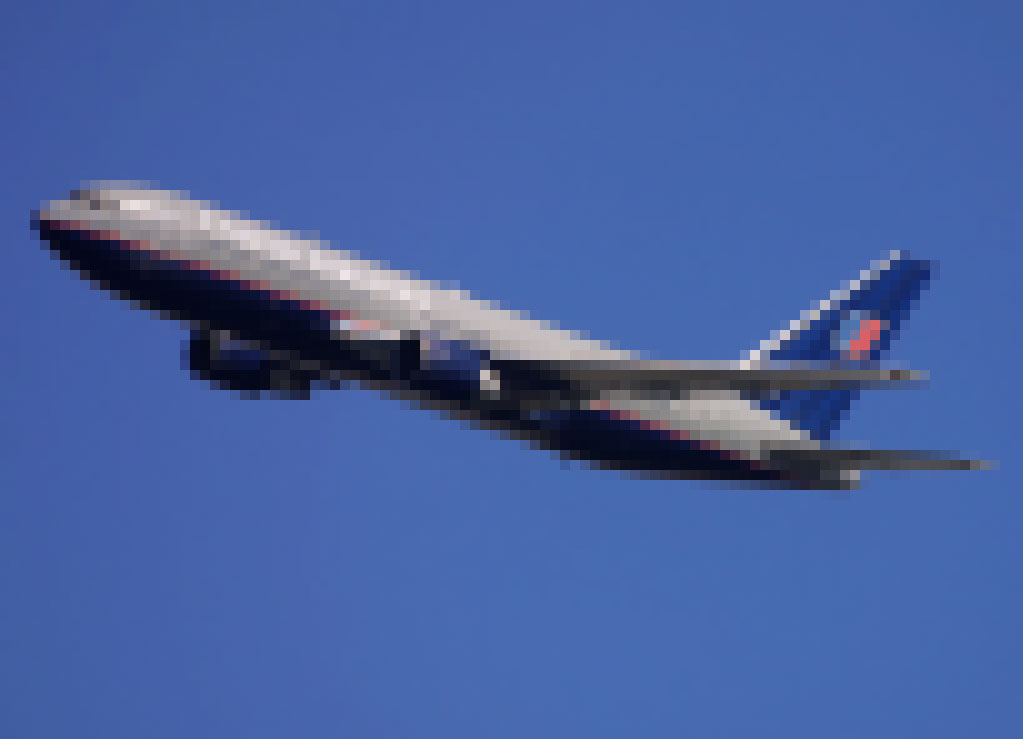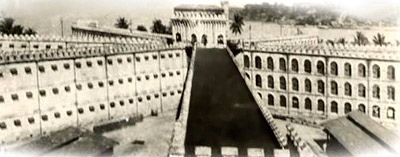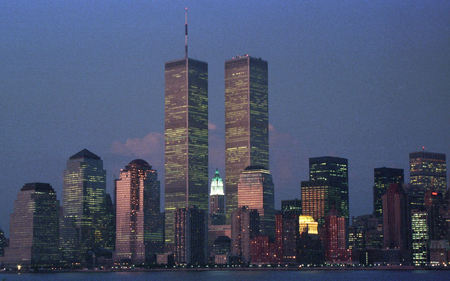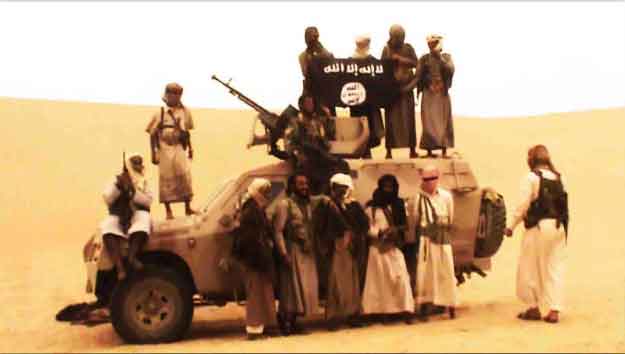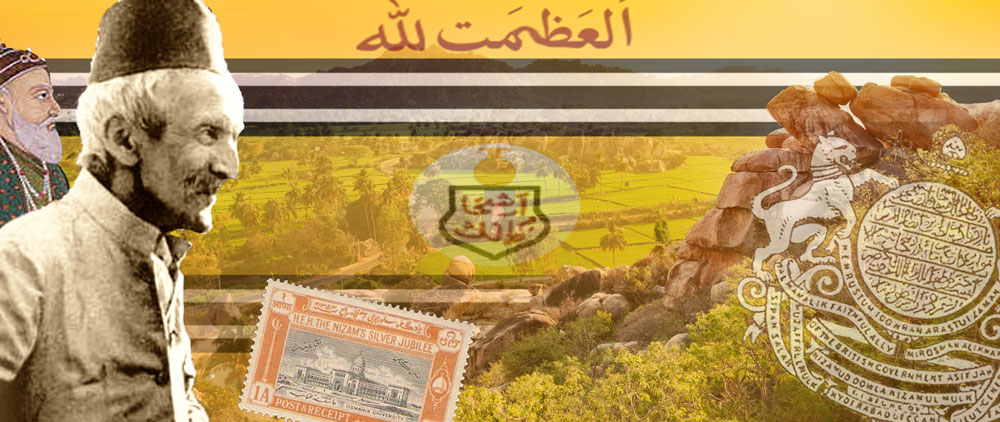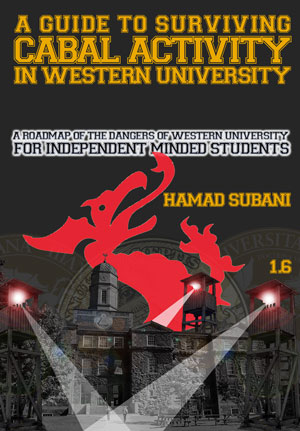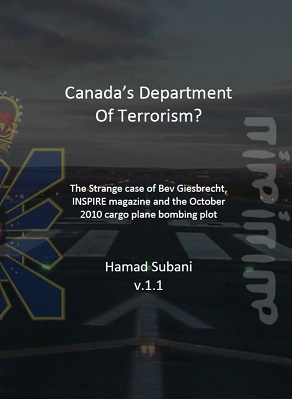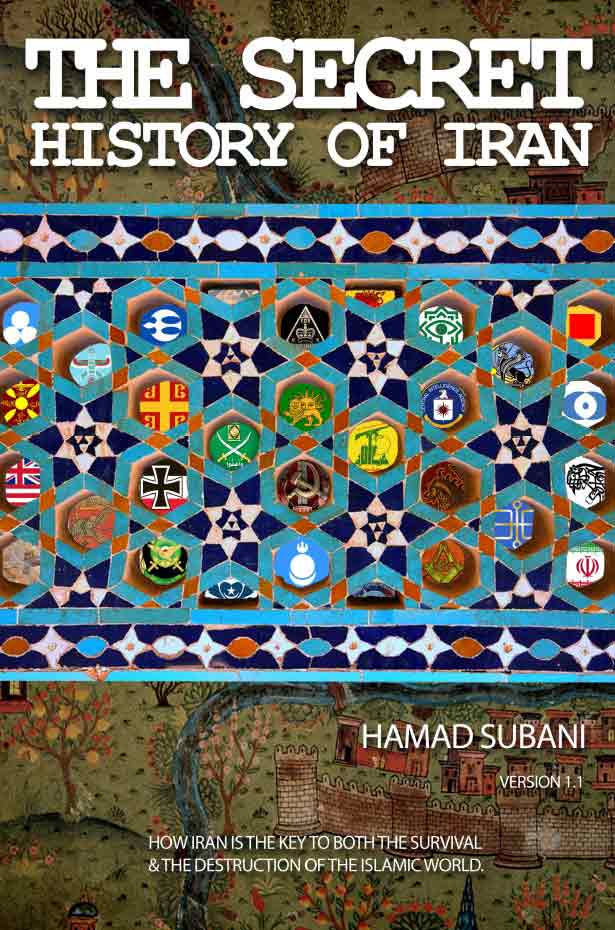Secrets of Imperial Japan; The Pacific “Theatre”

In a series of essays (1, 2, 3, 4a, 4b, 4c, 5, 6, 7, 8, 9, 10, 11 and perhaps more to come) on the Pacific Theatre of World War II, a British contributor to the Miles Mathis website who goes by name “Lestrade” has done a driveby history of Imperial Japan, that in my opinion, is more revealing than anything you will find in your University library. Read on.

Above is a map of US Ocean Territories. Green represents the 50 states and the District of Columbia. Purple represents Incorporated, unorganized territory. Orange represents Unincorporated territory with Commonwealth status. Blue is Unincorporated, organized territory. Pink is Unincorporated, unorganized territory.

Here’s a better map of countries with US military bases. Note all the tiny islands. All those tiny islands that are not formally US Ocean territories can also be considered the same. Note Diego Garcia, way up in the Indian Ocean. That’s where the missing Malaysian Airlines Flight 370 may have landed (Yup, all those passengers including babies became Obama’s “guests”).
Going back to the island bases, especially in the South Pacific. This is a Maritime Empire of the United States. In other words, the United States gets to lord over the native populations of these islands, but without giving them US citizenship, or the rights that come with it. Conversely, Americans from the mainland are not encouraged to settle, and most are not even aware that these are American territories. By not incorporating them into USA, the development of local civilian infrastructure never gets any share of the American tax budget.
But why would the United States run a secret, maritime Empire? Some say all these island bases are now waypoints for special craft the Phoenicians now travel in, or what the plebs refer to as UFOs. In the ancient past, the Phoenicians were hopping all across these South Pacific islands to present-day Chile, in South America. This may explain why the last island on this route (Easter island) had huge statues of Semitic people that were meant to be seen by boat. One atoll on this route is actually named Palmyra, after an ancient Phoenician stronghold in the Levant. Another group of islands is named Solomon islands (Solomon is a historic Hebrew figure).
So how did the American taxpayers rationalize the establishment of multibillion dollar bases in faraway islands and places of the South Pacific? The plebs have been brainwashed that America the beautiful ended up acquiring a presence in these places as a logical outcome of the bloody battles with Imperial Japan in World War II.

Or in other words, if there was no Imperial Japan involved in these islands and faraway places, there would be no American presence there today. And in the populated islands, the locals would probably be operating sovereign countries.
Read that again. No Imperial Japan = No American presence today in the Pacific.
Now why would Imperial Japan, suddenly in the 19th and 20th centuries, begin pursuing a Maritime Empire that would allegedly span these islands? Remember that Maritime Naval Empires are a direct outcome of predatory Merchant/Bankster Empires, as in the case of the British Empire, which always sought to establish “trade” in distant lands, as well as offer them “banking services.” On the other hand, traditional Japanese society was an insular society and had no use for these islands or colonies elsewhere. They never even bothered to dominate islands in their immediate vicinity. In fact, in traditional Japanese society, the merchants/bankers were at the bottom of the pyramid, because the Japanese believed that they contributed nothing (read: parasites) and artisans and craftsmen were valued much more (and this heritage somewhat continues in their work culture, but in a diminished capacity).


The Secret Phoenician Conquest of Japan
In my book, The World War Deception, I theorized that the Phoenician takeover of Japan began with the so-called Meiji Restoration (1868). In a series of essays (1, 2, 3, 4a, 4b, 4c, 5, 6, 7, 8, 9, 10, 11 and perhaps more to come) on the Pacific Theatre of World War II, a British contributor to the Miles Mathis website who goes by name “Lestrade” has come up more elaboration, additional information and theories. To quote,
SPOILER WARNING!

A longer explanation is: the Phoenicians did it over stages, or perhaps I should say in waves (more nautical). The first stage was initial trade via a single port in Nagasaki**, from 1634-1854. Initially this is very chill, just one tiny port walled off where the Portuguese can land and trade.
**I like how the cycle of the take-over of Japan begins and ends with Nagasaki. From the initial port for westerners to the atomic bombing (or rather, incendiary bombardment) that collapsed Japan and led to the surrender. It’s quite neat, isn’t it? Or you could loop between the Black Ships invasion and the surrender in Tokyo Bay. Either way.
Check out the present-day seal for the city of Nagasaki. It’s a Satanic pentagram. Going back to Lestrade,
You can read about the port of Dejima and see how the Portuguese traders are doing their best to speak to the Japanese privately and get any kind of intel or knowledge about the nation on the sly. This stage is a slow burn.
Then in 1853 we have larger scale trade enforced at gunpoint via the Black Ships of Commodore Perry. This caused quite a stir what with a US military fleet sailing into Edo (Tokyo) bay using steam power, then threatening to open fire unless the Japanese government would meet with them. Commodore Perry hands over a letter (essentially an open threat of “I’ll be back with my fleet in a year and from then on we are trading normally, or else it’s war”) to be given to the Shogun, Ieyoshi Tokugawa.
[……….]How convenient that as Perry is pressuring the Shogun to give in to western military/trade demands the key decision maker for Japan drops dead! He’s succeeded by Iesada Tokugawa though so maybe the son will tell Perry to back off?
Oh. He was heavily disabled. Not the ideal choice for a ruler really. Interesting that Abe Masahiro argues to keep an ineffectual Shogun in place and then gets the Kanagawa convention agreed to, then resigns/retires immediately. A pay-off, perhaps? The following year Perry returns and (thanks to the Japanese envoy dying mid-conference) gets what he wants:
[…….]Things were not going well for the Japanese.
The next step was what was effectively a 19th century version of a colour revolution with the Boshin War, where the western elite manipulated internal tensions to lead to a take-over of a small western aligned but ethnically Japanese elite: the Genro, picked from the top ranks of the clans that supported the Western-backed revolution.
[……]The bit to get your head around here is the inversion that the faction that took over Japan and installed Emperor Meiji are loudly proclaiming they are anti-Western influence and fighting to install a true Emperor who will properly represent Japanese people… but they are literally the faction supported by the British/Americans and given weapons by the British and funded by the British/Americans. The Choshu, Satsuma and Tosa are all from the south-west of Japan.
And Nagasaki also happens to be in the South West of Japan. Going back to Lestrade.

See? All Choshu and Satsuma elders. They went from being provincial lords in the south west of Japan to the elite rulers of Japan. Imagine the wealth and power!
[……..]It’s funny as well that the Satsuma were onboard with this, as they’d recently had things like the Bombing of Kagoshima, which you can read about here. Also known as the Anglo-Satsuma war, this comes about from some absolute nonsense called the Namamugi Incident where a merchant called Charles Richardson gets killed (allegedly) for not getting out of the way of a regent and his retinue on a road near Namamugi.
Anyway. Some shots were fired between the British and the Satsuma over this. It all nicely calmed down […..][……..]
Because this is all smoke and nonsense to cover for what was actually going on: negotiations between the British and the Satsuma for a build-up of power to eventually overthrow the Shogun.
[……..]We also have the French involved. Here is a link to an article about the first French mission to Japan in 1867. Basically the French were liaising with the Japanese (overseen by Japanese spookmaster Shibata Takenaka) to turn the Japanese military into a modern fighting force. You can also read this article about Jules Brunet (as one example) who was overseeing things from the French side all the way up to the Republic of Ezo (short lived as it was) at the end of the Boshin war. You had the British and the French working together to upgrade Japan to have an army that could effectively deploy around the Pacific, if they hadn’t done this you would never have had Imperial Japan invading China or the wider Pacific region. The only real question here was whether the French-backed faction or the British-backed faction would end up dominating.
This link about the Japanese battleship Fuji talks about how the vessel by built by the British, via Thames Ironworks […..].
[…..][……] because not only is it talking about how the British are literally building the Japanese fleet for them, we see that the future pre-selected Prime Ministers are there to. As naval officers of course. If the British Navy are creating the Imperial Japanese Navy from scratch, do you think there might have been opportunity to train up the right men to be assets/spooks working for British Naval Intelligence? The same with the Japanese Army of course. The top generals / admirals can be loyal to the western establishment.You can read about the First Sino-Japanese War where it admits that the Japanese had no real navy to speak of, but was built from scratch by the west [……].
[…..]So again, you see that the Imperial Japanese military is literally created from scratch by the western powers going over and training them and showing them the blueprints and the systems and teaching them specifically what to do. This didn’t happen naturally, it was completely artificial.
Imagine if aliens landed in Pyongyang and gave them all sci-fi laser weapons and energy shields. Then the North Koreans start empire building. It would be entirely predictable because of the technology upgrade.
Anyway, so then while the Satsuma and Choshu and Tosa are scheming to take over you have the Emperor Komei die:
[……]So they poisoned him, obviously. The timing is way too convenient and purple spots on the face is not specifically a symptom of smallpox.
[……]My money is on they poisoned Komei to pave the way for the new Emperor, Meiji. Hence the “Meiji Restoration”: getting a “true” Japanese Emperor on the throne, none of this wishy-washy Komei/Tokugawa government letting the Europeans impose on the Japanese […..].
So you have a literal inbred 14 year old placed on the Chrysanthemum Throne due to Komei getting whacked. You couldn’t make it up, right? The Emperor is the ultimate leader of the Japanese of course but the tradition/model was that the Emperor was the spiritual leader, leaving the mundane day-to-day running of the country to the Shogun. Of course now they get rid of the Shogun and we have a western style government to run things by consensus but as we will see, the real power was in the hands of a tiny oligarchy.
[……]So the Genro are dismantling these major aspects of traditional Japanese society (by the way, I’m not saying having samurai is necessarily a good thing, I’m just pointing out the Genro were anything but traditionalists).

Emperor Meiji gets succeeded by Prince Yoshihito, who has surprising Semitic features. He is succeeded by Prince Taisho, who has been officially pictured wearing insignia of the Order of the Garter, which is normally given as a rank/award for personal service to the sovereign of England! He is succeeded by Prince Hirohito, who despite being a crown prince was exclusively “educated” in the West, where he hobnobbed with all the Western elite. Going back to Lestrade,
Going back to the end of the Japanese civil war, If you follow this link about the French military “mission” (the second one) to Japan we learn that despite the French “losing” their side by Tokugawa’s faction being defeated in the Boshin war you still have the French returning to continue to develop and upgrade Japanese military capacity.
[…..]The rallying cry of the revolutionaries was literally to “expel the barbarians” – but despite the whole point of the Boshin war (at least as it was presented to the general public) was that Tokugawa had been way too lenient on the westerners and what was needed was a strong Japanese national government to kick them out [….].
[……]So there was no push-back against the West. They were going over and learning to copy our systems exactly. There is no return to pre-Black Ships era isolation. There is no rejection of the foreign element. They are now saying “we need to catch up and be more like the Westerners”!
The Genro work with the western powers to run things in Japan for the next 50 years and are then (in my reading) encouraged to do the whole “Tojo invades the Pacific rim” thing, which was set up for them to fail. The Japanese elite are protected and paid off. The Emperor was a figurehead from day one, he’s looked after also, no war crimes tribunals for him. Senior military leaders are looked after (e.g. Admiral Yamamoto as per the previous paper) and given fake deaths so they can retire in peace. And after the War, Japan is showered with Western money, allegedly due to our guilt at the nuclear bombing.
Only the peasants suffer, via mass incendiary bombardment. The final phase of the takeover is after the 1945 surrender when you have Gen Douglas McArthur (played by Bruce Willis) who then overtly runs things across Japan as the white Shogun (military dictator/ruler of the physical on behalf of the Emperor).
Japan is therefore flipped from being an isolated, independent East Asian nation in the early 1800’s to a direct colony of the USA by 1945. The obvious conclusion is it became a colony run by the US government (or rather the Phoenician Empire) and remains that to this day.
I’m sure if anyone Japanese is reading this they will be able to give more specific knowledge towards how the colonial rule is maintained post-1945, under the guise of “democracy” with fake elections and modern politicians who are related (I would assume) to the same Genro/Zaibatsu families. And to the Phoenicians.
Well, that was a lot to process! What I hope I’ve made clear here is how a revolution funded and trained and organised by the West led to the overthrow of the traditional power base of Japan and installed an oligarchy, the Genro, who ran things. This is how the Phoenician Empire took the Chrysanthemum Throne. In future papers when you think about Imperial Japan, understand this is the basis for how you can have a controlled “world war” involving the Japanese.
Miles Mathis adds,
Another great paper from Lestrade. But I have to wonder if he isn’t jumping to conclusions in his assumption that the incendiary bombings were real. My gut tells me they were as fake as the nuclear bombing. Given what Lestrade has just showed us, I find it highly unlikely they would murder millions of Japanese in cold blood, just to sell a mostly fake war. If they can fake nuclear bombing raids, they can also fake huge firebombings. As we now know, they can fake anything. My best guess is that, as we saw with the bombings of Britain and Germany and Poland, they cleared some large slums that needed to be rebuilt, firebombed them, and filmed it, selling it as much more widespread and deadly than it was. This allowed them to come in later and rebuild, gentrifying the whole area. The rest was just done by faking photos, as we saw in my Dresden paper.
As I keep telling you, our default assumption should now be that nothing is real. It used to be we gave historians the benefit of the doubt: they were innocent until proven guilty. The events were real until we proved otherwise. But that is no longer the rule. We have now caught them in so many lies, and so few truths, that our default assumption must be that they are lying. I assume nothing is real until after I study it and prove to myself it was [……].
I won’t comment on the nuclear bombing of Japan. In my book, The World War Deception, I assumed it was real.
But Why?
Moving back to the question, what was the point of creating Imperial Japan, and its subsequent reversal?
As I started out, thanks to the pretext of fighting Imperial Japan, USA now has a the Phoenicians have a permanent armed presence in dozens of Pacific islands, the Philippines, Indonesia, Malaysia, Taiwan and even the Japanese Mainland.
And again, Imperial Japan helped contribute to the Communist takeover of China, remember that the Communists were pretending to liberate the Chinese from Imperial Japan. That is too big a topic to get into right now. Just remember that Imperial Japan set up a Jewish State on the Northern border of China as early as 1905, and also settled a lot of “European Jews” in Shanghai. These folks would later emerge as the ruling elite of Communist China.
And without the war against Imperial Japan, there would be no joint occupation of Korea by the Americans and the Communists. Think about it. No modern-day gulag like North Korea, and instead, a single, prosperous Korea.
Miles Mathis and Lestrade have discovered a new facet to this conspiracy. Miles had earlier noted that the Phoenicians preferred to have several key battles of World War II staged away from European cities, where everybody could watch and take notes. Instead they were staged in the deserts of North Africa. Similarly, the War with Japan was staged away from mainland Japan, and instead on remote, uninhabited islands. This gave the Phoenician scriptwriters plenty of opportunity to manufacture battles, deaths, casualties and ship sinkings that probably never happened.
Think of it. The US Navy could have sailed directly for Tokyo, levelled it and then stomped all over Japan in a short span of time. But then the war would be over in less than a year. No huge military budgets would continue to be allocated to private industries and Government Departments. Orders for equipment would get cancelled. And of course, there would be no permanent US bases across the Pacific.
Instead, we have been told that Americans fought island for island, in bloody skirmishes with the suicidal and maniacal Japanese, with huge losses on both sides. But if indeed there were huge losses on either side for real, then their grieving families back home would start pressuring their governments to withdraw from war. The Phoenicians could not afford that to happen. Which is why both sides artificially inflated the body count by having battles “staged” on remote islands. Remember that most common people are only impacted by deaths of their near ones. They only know about real deaths in their immediate neighbourhoods, villages or families. If the newspaper or TV tells them that 10,000 of their countrymen died trying to take a remote island, they will accept it as fact without questioning who these people were. Add to that, there are huge geographical, language and cultural differences between the United States and Japan. So if the US Navy (or their cinema division) fabricates dozens of fake battles, with fake casualties, fake ship sinkings, grainy videos where the narrator insists a battle is raging and even poorly shooped images (Remember this was before digital shooping was invented, which is why Miles and Lestrade have caught so many anomalies in the photographs), the rest of the world would take it as fact, without bothering for any corroborating evidence from the Japanese side, simply because Japanese corroboration was (and still is) too difficult to get. (To compensate for the lack of imagery, Hollywood made several high budget films on the Pacific Theatre, to fill popular imagination). And of course, few bother to visit these islands. Even Lestrade didn’t. But using publicly available data, he was able to show that many were empty, tiny places that were simply not hospitable for even temporary human habitation!
To elaborate, this was an exercise in shaping perception. It was a battle for minds. There were two audiences, the Japanese common people and the American common people.
The American common people had to be convinced that they were first attacked by the suicidal, maniacal, banzai charging, Emperor worshipping, tunnel-complex boring (this meme gets recycled) Japanese, and there was no way out of this war, other than fighting tooth and nail all the way to the Japanese mainland, and of course, committing all available resources and public Treasuries to these wars, and later, establishing a permanent military presence in the region.
The Japanese common people had to be convinced that despite their best efforts and sacrifices, they had lost it all. And adding insult to injury, their barbarity (colorful claims of cannibalism, mass rapes etc.) had made them lose all legitimacy in the region. And therefore they had to accept a future as nominal power in the region, kowtowing to American policies. There could be no going back to the pre-World War II Japan, or a Japan free of American tutelage. This was critical for another Phoenician project, the emergence of Communist China in the region.
But didn’t Japanese and American soldiers actually “fight?” They did get deployed, which was more or less like a picnic-adventure with lifetime bragging rights (except for the part when American soldiers died of accidental drowning, typhoid, malaria, polio or sunstroke; many did), and in the case of the Japanese, Korean “comfort-women” were also provided so they didn’t get too bored. But the main thesis here is that only a fraction saw actual combat. To quote Lestrade,
Another weird aspect of the Pacific Campaign is how the Japanese population goes up instead of down. Obviously if millions of soldiers go to war and get decimated, then your home cities get firebombed to ash before undergoing brutal military occupation then you would expect a rather profound drop in the number of citizens. As per this page at statista.comwe have a population of about 72.5 million Japanese in 1939 and a population of 77 million in 1945. So that’s a solid increase in population despite the war. By 1955 they’re at 89 million plus, so rationing or reconstruction of their blasted cities didn’t slow them down one bit. That’s pretty weird to think about by itself but lets dig into this more.
This pagequotes from “ Census Tables of the Showa Era, Toyo Keizaishinbunnsha (Toyo Economic Newspaper Co.) p.23.” and gives us a Japanese population of:
So the Japanese are tracking a dip of, what, 73 million in 1940 to 71.9 million in 1945? But that’s only a drop of 1.1 million people due to World War 2! We’ve seen in battle after battle (or fake after fake) the narrative being that the Japanese are absolutely massacred by the Marines (losing tens of thousands of men every time an atoll is taken). Then Hiroshima, Nagasaki, and the firebombing of Tokyo, etc. It would have to be more than that, surely. Also notice that our two statistics sites don’t agree. They are off by fully 5 million in 1945, so one got the memo and one didn’t.
How many troops did the Japanese have? They’re supposed to have about 6 million soldiers in their army as of 1945and another half million naval personnel. This sectionon Wikipedia makes out they have 8.4 million men serving in their armed forces. A pretty big army, right?
They are said to lose 2.5-3.1 million people during the course of the war [….].
[…..]Either way we’ve got a bit of a problem: Japan should have its population drop by a good 3 million. Instead it supposedly loses 1.1 million and then rockets up so that in a decade they have gained 18 million.
Further, if the military is still operating at over half strength (they have about 5 million soldiers left by ‘45 according to their own numbers) then why are they losing? The Americans are throwing everything they’ve got at the Japanese and mopping up isolated units on these atolls. What should have happened is that the Japanese would have redirected their energy at the “Eastern Front” (i.e. to the East / South-East where the Americans were coming from) and swarmed them. If they’re fanatics ready to fight to the last man then having over 96% of your population still up and about is a great position to be in.
I don’t really have an answer to the above, other than to point it out for your consideration. The numbers don’t make much sense to me. It comes across that the population dipped a little bit and then skyrocketed, which shouldn’t happen given the mass aerial bombardment, the cities being flattened and all the young men being killed atoll to atoll. Women can’t have babies without men, you know, so the population should have been decimated, with a drop of 5 or 6 million at the least.
There is indeed reason why the war in the Pacific was officially referred to as “The Pacific Theatre.” Phoenicians love puns.

The Pacific Theatre; Less War more Theatre




Lestrade has discovered that all these Pacific battles seem to follow a template, which he humorously describes as follows:
- The remote atoll of Wiki-Waki-Woo is a vital location, several million miles from Japan.
- The island is three square miles in size and made out of solid granite. Nothing grows on it and there’s no fresh water supply. It is 45 degrees C in the shade even in winter.
- The Japanese placed 50,000 cannibal fanatics on it, armed to the teeth.
- The American fleet turn up and drop 8 million tons of high explosive on the island, night and day, for six weeks.
- The Japanese are completely unharmed because they are cowards and hide in a five-storey underground base they carved out with chopsticks beforehand. The island is also untouched, somehow.
- 250,000 Marines land unopposed, shirtless, firing shotguns into the air wildly while smoking cigars.
- They set up camp on the beach and have a BBQ. The next day they stroll inland and meet fierce resistance. The Japanese have fiendishly cunning interlocking pillbox/tunnel/pit trap networks backed up by robot crows and laser guns.
- The Americans immediately win using flamethrowers and true grit. Final tally: 33 KIA; 880 Marines are sick with heat exhaustion and 1,333 are missing.
- Of the 50,000 Japanese troops: 44,500 Japanese are killed and immediately cremate themselves. 50 are captured revealing themselves to be Korean labourers temporarily hypnotised into fighting for Nippon and the remaining 5,000 vanish into mist.
- The underground base / robot crow production facility also vanishes into thin air.
- Coincidentally a full Hollywood film crew was present and able to capture the entire landing / invasion process and show the Marines standing around shirtless and not using any cover. We also have a modern colour photo of a single pillbox on a rock cliff, this is the solid evidence of the defence system the Japanese used. We also have a book referenced written by Saul Othschild von der Tyre who lists eyewitness statements of what they done did.
I will add some more points to the template
- If it’s a bigger island, the British quietly evacuated it months before the Japanese showed up.
- If it’s a bigger island, there is indeed some evidence of a Japanese “base.” Except for the fact that the airplane landing strip had been just finished by the British or Americans before they suddenly evacuated.
- If there is a native population and/or native towns on the island, the Japanese persecute them and when the American liberators show up, they bomb their villages and hamlets, making them flee the islands for good. Something of this sort did happen at Guam and Tinian.


